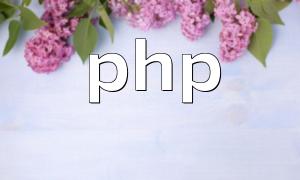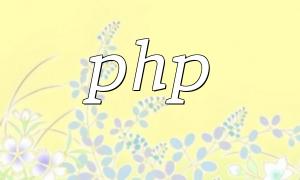In WordPress development, object-oriented programming (OOP) provides a better way to organize code, reducing coupling and improving code reusability and maintainability. This article explores control structures, focusing on conditional and loop statements.
In WordPress, the if statement is commonly used to check whether a condition is true. The basic syntax is as follows:
if (condition) {
// Execute this code if condition is true
}Note: It's recommended to use strict equality operators === or !== to avoid unexpected type coercion when comparing values.
The else statement executes when the if statement’s condition is false. The basic syntax is as follows:
if (condition) {
// Execute this code if condition is true
} else {
// Execute this code if condition is false
}The elseif statement is an extension of the if statement that checks additional conditions. The syntax is as follows:
if (condition1) {
// Execute this code if condition1 is true
} elseif (condition2) {
// Execute this code if condition2 is true
} else {
// Execute other code if both conditions are false
}The while statement repeats a block of code as long as the condition remains true. The syntax is as follows:
while (condition) {
// Repeat this code while condition is true
}The for loop is typically used when you know in advance how many times you want to execute a statement or block of code. The syntax is as follows:
for ($i = 0; $i < 10; $i++) {
// Execute this code 10 times
}In WordPress development, it’s better to avoid using global variables and instead use class properties. For example:
class MyClass {
private $counter = 0;
public function countUp() {
$this->counter++;
}
public function getCounter() {
return $this->counter;
}
}
$obj = new MyClass();
for ($i = 0; $i < 10; $i++) {
$obj->countUp();
}
echo $obj->getCounter();This article covered the conditional statements (if, else, elseif) and loop statements (while, for) commonly used in WordPress. By selecting the appropriate control structure for each situation, developers can improve code maintainability and scalability.









